| Sign In | Join Free | My frbiz.com |
|
- Home
- Products
- About Us
- Quality Control
- Contact Us
- Get Quotations
| Sign In | Join Free | My frbiz.com |
|
Brand Name : RJC
Certification : ISO9001:2015&2008,D277435, 13485
Place of Origin : China
MOQ : 1 piece
Price : USD2-10/piece
Payment Terms : D/A, L/C, D/P, T/T
Supply Ability : 500
Delivery Time : 5-10days
Packaging Details : Packing in wooden cases and cartons
Product name : Cnc Part
Tolerance : 0.01-0.05mm,+/- 0.005mm
Material capabilities : Hardened Metals,Precious Metals
Packing : Inner---PE Bag; Outer --Standard Carton Box,bubble pack
Equipment : CNC Machining Centres,milling machine and lathe machine
Drawing format : PDF CAD/3D,2D/(PDF/CAD)3D(IGES/STEP)
Cnc machining or not : CNC Machining
Item : CNC Precision Machining Part
![]()
PRODUCT DESCRIPTION
![]()
| Material and Testing Report | ||
| Metal | Aluminum | Aluminum 2024 Aluminum 5052 Aluminum 6061-T6 Aluminum 6063 Aluminum 7075 Aluminum MIC 6 |
| Stainlesss steel | 200series 300series 400series 500series UNS S32101 UNS S32304 UNS S32003 UNS S31803 UNS S32205 UNS S32760 UNS S32750 UNS S32550 UNS S32707 UNS S33207 | |
| Steel | 12L14 4140 1018 1045 12L14 4130 4142 ,O1 tool steel,D2 tool steel,A36 1008 ,Alloy42 | |
| Titanium | Grades 1-4 Grade 5 Grade 9 | |
| Brass | 260, C360 | |
| Copper | ||
| Bronze | C932 | |
| Carbon fiber | ||
| PTFE | Polytetrafluoroethylene (PTFE) | |
| Plastic | Acetal | (Polyoxymethylene (POM)) [Delrin] |
| PEEK | Polycarbonate | |
| Polystyrene | Polyether Ether Ketone | |
| Nylon | ||
| ABS | ||
| PVC | ||
| Acrylic | ||
| G-10 Garolite Fiberglass | ||
Below we discuss the most popular welding processes used for stainless steel.
MIG welding, or gas metal arc welding as it is more formally known, is one of the more popular ways to weld stainless steel. There are many similarities between MIG welding stainless steel and welding carbon steel. No special drive rolls need to be used, and the electrical polarity remains the same. However, shielding gas compositions are typically different. Lower amounts of oxygen are allowable when welding stainless steel, so O2 or CO2 levels should be kept around 2% or lower. It is quite common for tri-blend shielding gases that contain argon, helium, and carbon dioxide or oxygen to be used when MIG welding stainless steel. Since corrosion resistance will typically be desired in the weld as well as the base material, stainless steel welding wire must be used. Furthermore, to prevent cracking, the filler wire and base stainless steel should be a low carbon version or have stabilizers in them such as tantalum or niobium. Using a pulsed welding waveform can also help users MIG weld stainless steel more successfully.
TIG welding, more formally known as gas tungsten arc welding, is another process that is frequently used to weld stainless steel. This process also has similarities between when it is used to weld carbon steel and when it is used to weld stainless steel. Both materials require a direct current electrode negative (DCEN) polarity. Typically, nearly 100% argon or helium shielding gases are used. As with MIG welding, TIG welding requires stainless steel filler metal to prevent making a weld that will be easily susceptible to corrosion. Low carbon or stabilized grades of stainless steel should be used as filler metals, and the base metals should also be low carbon or stabilized. Distortion can be a major problem when welding stainless steel, so it is important to keep travel speeds somewhat fast and heat inputs low when TIG welding stainless steel.
In general, welding processes that use flux are not optimal for welding stainless steel. That being said, it is possible to weld stainless steel with the flux-cored process. Special gas mixtures need to be used. Gas-shielded flux-cored arc welding is typically a better choice of process to weld stainless steel than flux-cored arc welding since it relies less on flux than the latter process to shield the weld metal from the atmosphere.
A better cored wire alternative to both self-shielded flux-cored arc welding and gas-shielded flux-cored arc welding is metal-cored arc welding. This is mostly because metal-cored arc welding does not rely on flux at all. The metal core of the filler material, while it does have certain kinds of deoxidizers, is mostly packed with powdered metals to increase deposition. With the proper shielding gas and wire feeding system, metal-cored arc welding can be used to make high-quality welds on stainless steel. For the most part, a pulsed waveform or spray-transfer arc is required to make a high-quality stainless steel weld with metal-cored arc welding.
Laser beam welding is frequently used to join together stainless steel at very fast travel speeds and with very low heat inputs. Care must be taken to avoid porosity and cracking when welding with lasers. Cracks and porosity can be avoided through reducing the amount of oxygen via a shielding gas and weld parameter optimization. Laser beam welding is never performed manually, and therefore, must be automated if it is selected as the process to be used for welding stainless steel.
The above-mentioned processes are perhaps the most common processes used to weld stainless steel. There are many other, somewhat less popular processes out in the industry that can be used to weld stainless steel. They include plasma arc welding (PAW), electron beam welding (EBW), shielded metal arc welding (SMAW), friction stir welding (FSW), and resistance welding (RW). This list is not exhaustive, and there are many more welding processes that can weld stainless steel together with varying levels of success.
When selecting a stainless steel that must endure corrosive environments, austenitic stainless steels are typically used. Possessing excellent mechanical properties, the high amounts of nickel and chromium in austenitic stainless steels also provide outstanding corrosion resistance. Additionally, many austenitic stainless steels are weldable and formable. Two of the more commonly used grades of austenitic stainless steel are grades 304 and 316. To help you determine which grade is right for your project, this blog will examine the difference between 304 and 316 stainless steel.
Grade 304 stainless steel is generally regarded as the most common austenitic stainless steel. It contains high nickel content that is typically between 8 and 10.5 percent by weight and a high amount of chromium at approximately 18 to 20 percent by weight. Other major alloying elements include manganese, silicon, and carbon. The remainder of the chemical composition is primarily iron.
The high amounts of chromium and nickel give 304 stainless steel excellent corrosion resistance. Common applications of 304 stainless steel include:
Similar to 304, Grade 316 stainless steel has high amounts of chromium and nickel. 316 also contains silicon, manganese, and carbon, with the majority of the composition being iron. A major difference between 304 and 316 stainless steel is the chemical composition, with 316 containing a significant amount of molybdenum; typically 2 to 3 percent by weight vs only trace amounts found in 304. The higher molybdenum content results in grade 316 possessing increased corrosion resistance.
316 stainless steel is often considered one of the most suitable choices when selecting an austenitic stainless steel for marine applications. Other common applications of 316 stainless steel include:
Here are some situations where 304 stainless steel may be the better choice:
Here are some situations where 316 stainless steel may be the better choice:
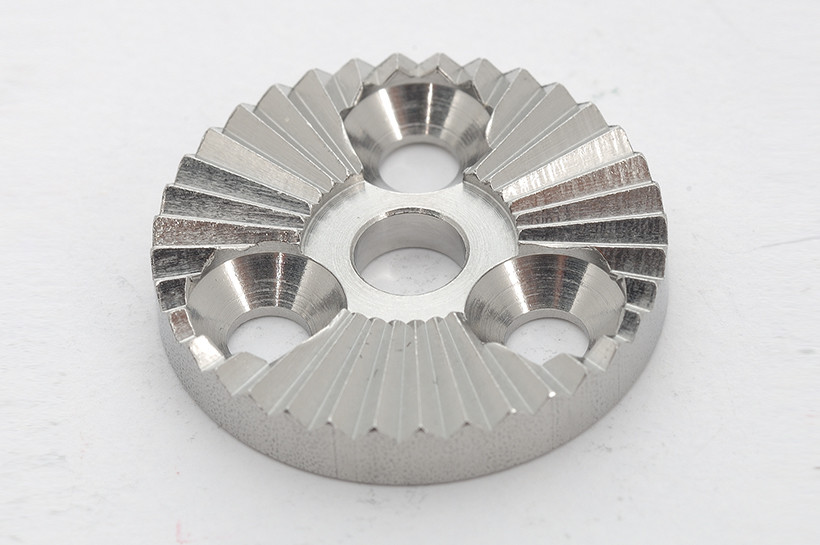
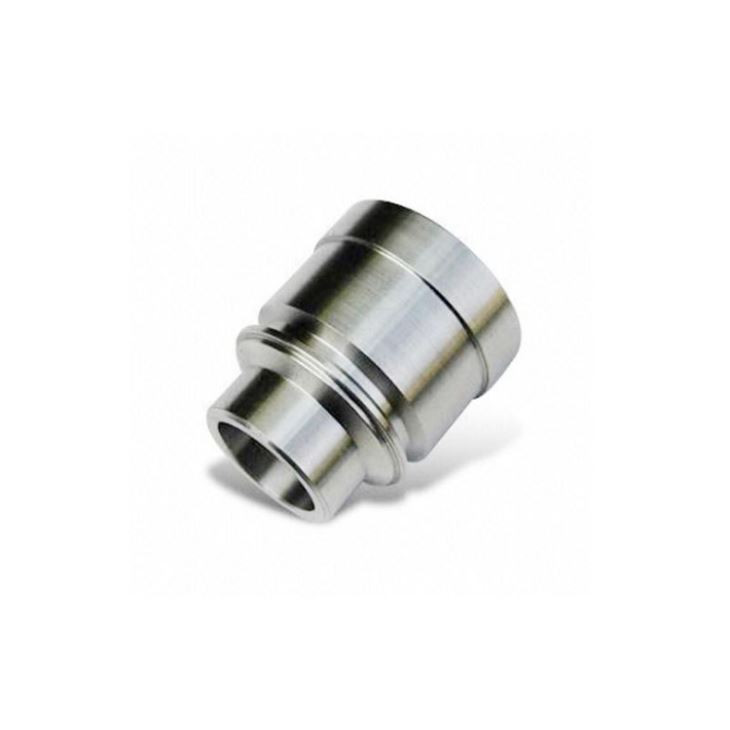
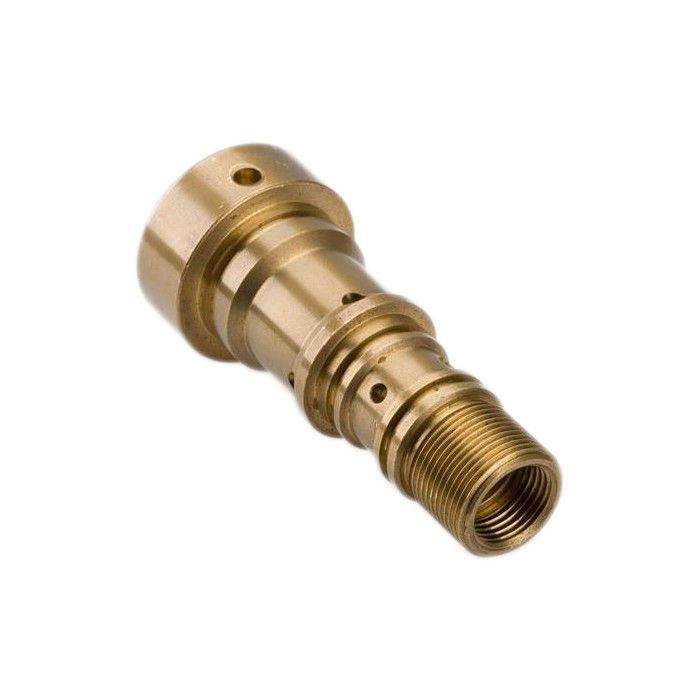
CNC milling, or computer numerical control milling, is a machining process which employs computerized controls and rotating multi-point cutting tools to progressively remove material from the workpiece and produce a custom-designed part or product. This process is suitable for machining a wide range of materials, such as metal, plastic, glass, and wood, and producing a variety of custom-designed parts and products.
Several capabilities are offered under the umbrella of precision CNC machining services, including mechanical, chemical, electrical, and thermal processes. CNC milling is a mechanical machining process along with drilling, turning, and a variety of other machining processes, meaning that material is removed from the workpiece via mechanical means, such as the actions of the milling machine’s cutting tools.
This article focuses on the CNC milling process, outlining the basics of the process, and the components and tooling of the CNC milling machine. Additionally, this article explores the various milling operations and provides alternatives to the CNC milling process.
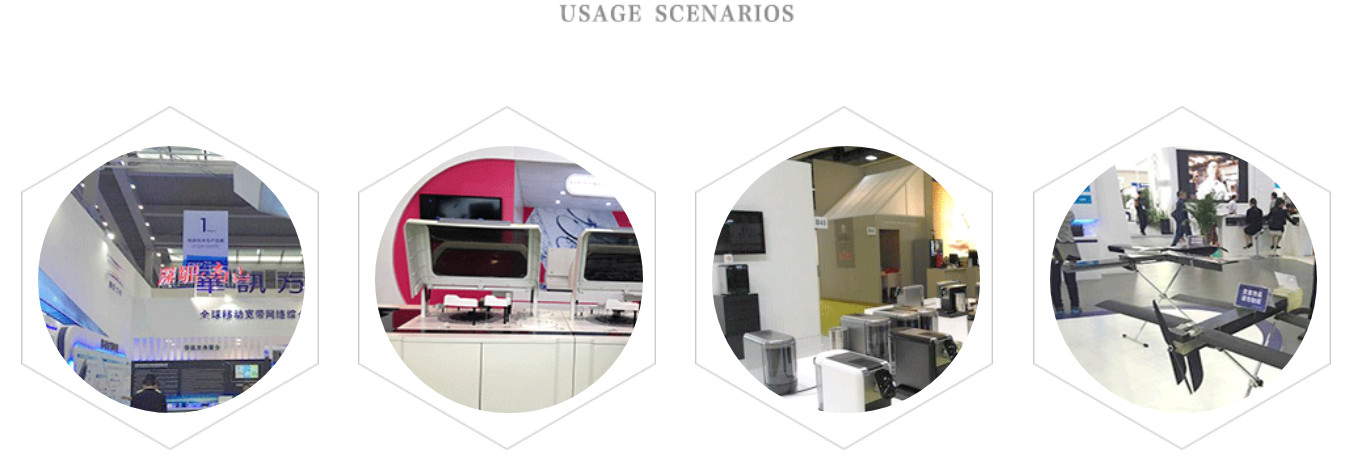
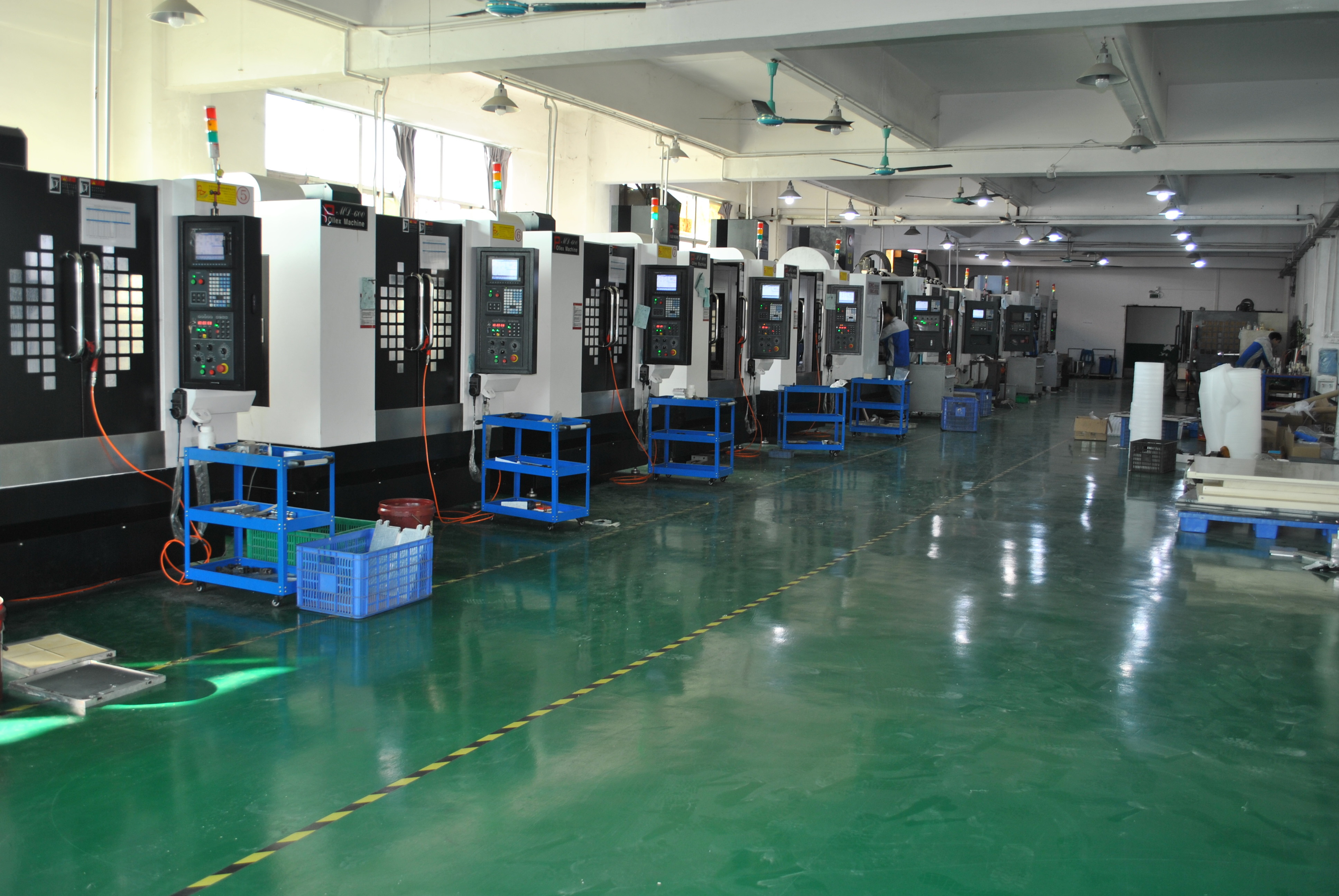

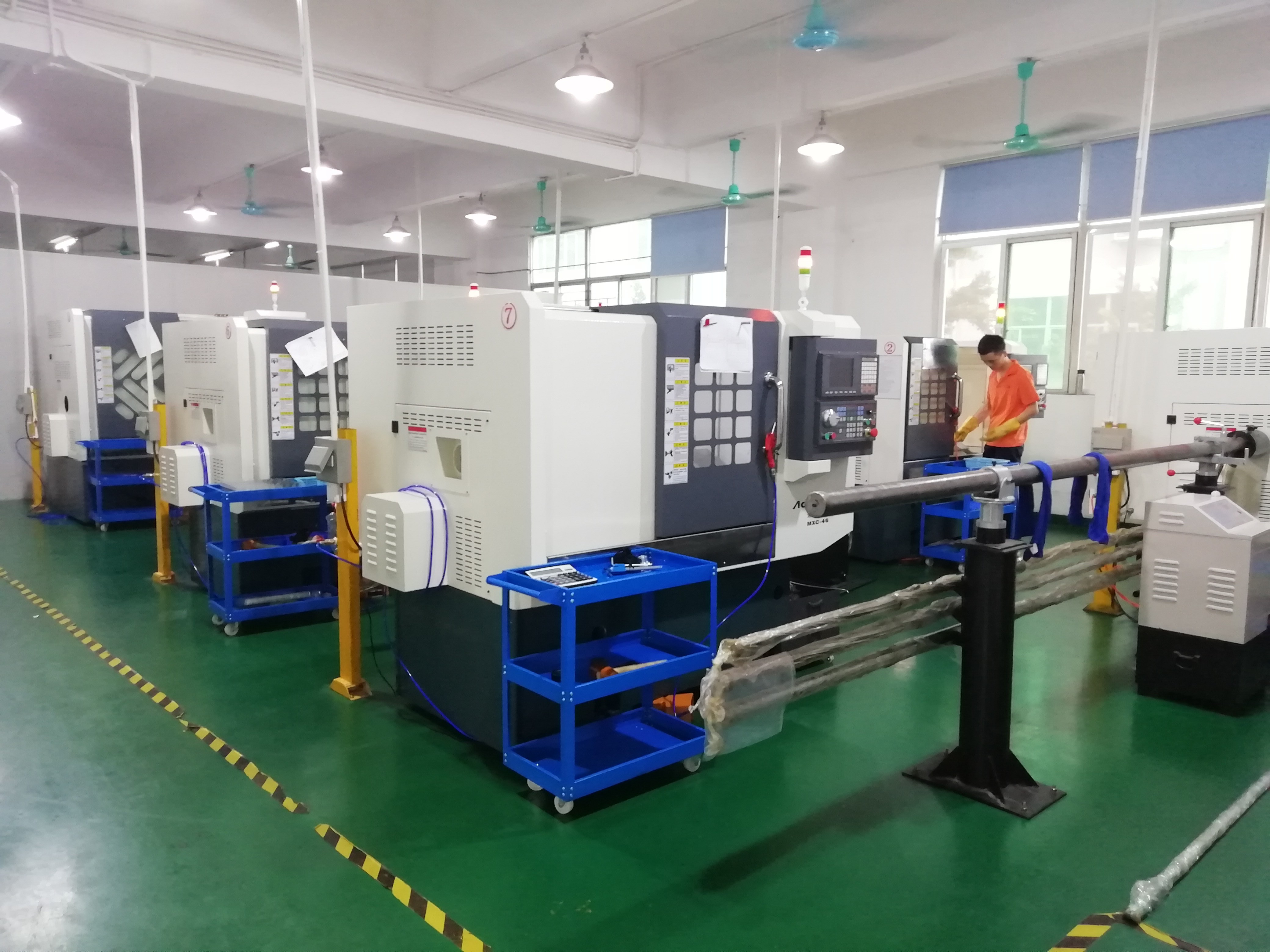
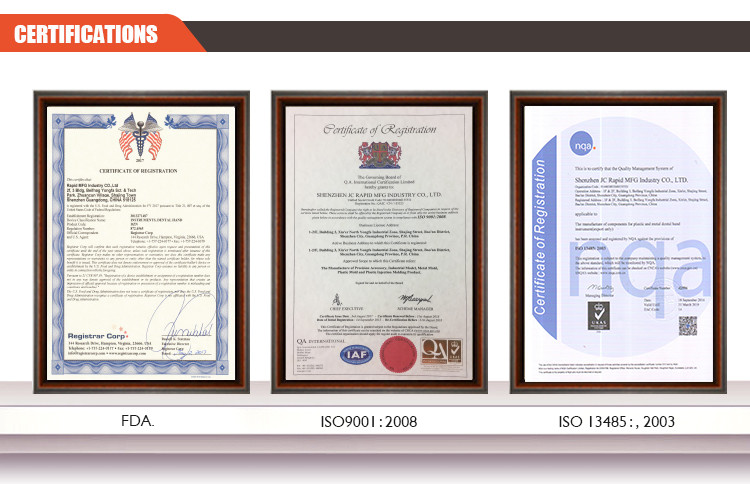
Why should you choose RJC
1. High Quality & Competitive Price & Good Service
2. Prompt reply and the experienced engineers to track all the process
3. Advanced equipment and excellent R&D Team.
4. Highly skilled manufacturing process & Strict quality Control System.
5. Small orders supported.
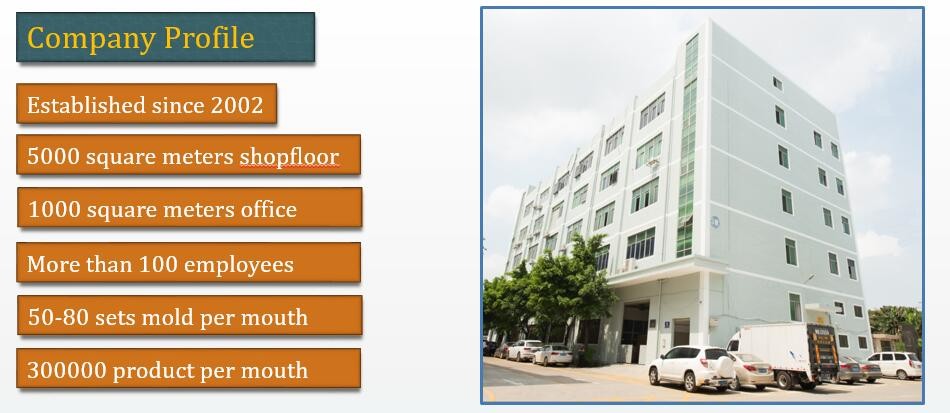
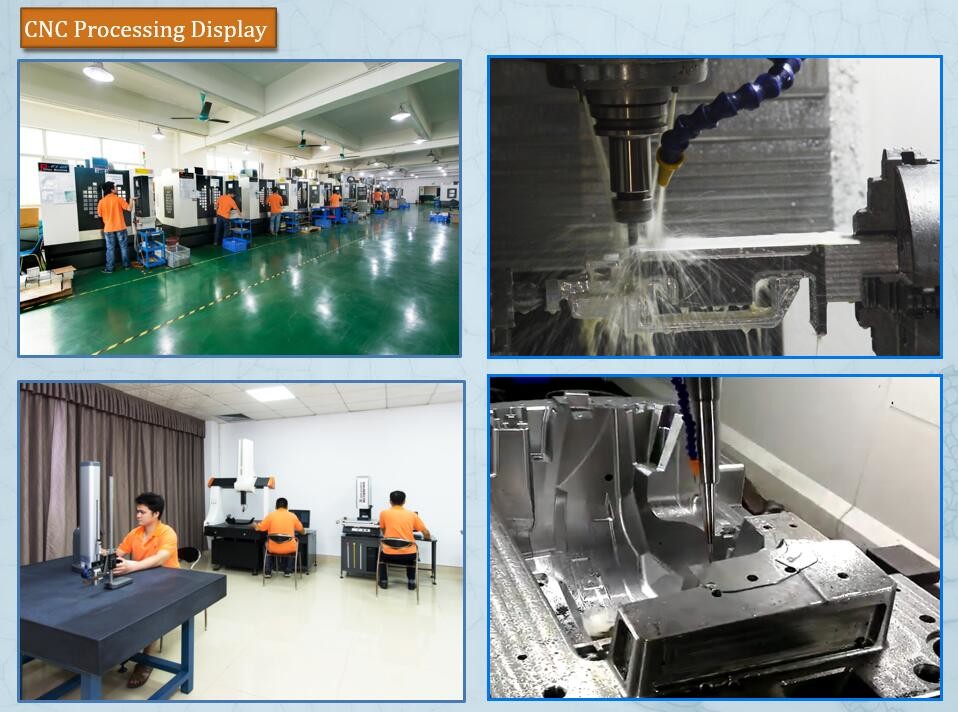
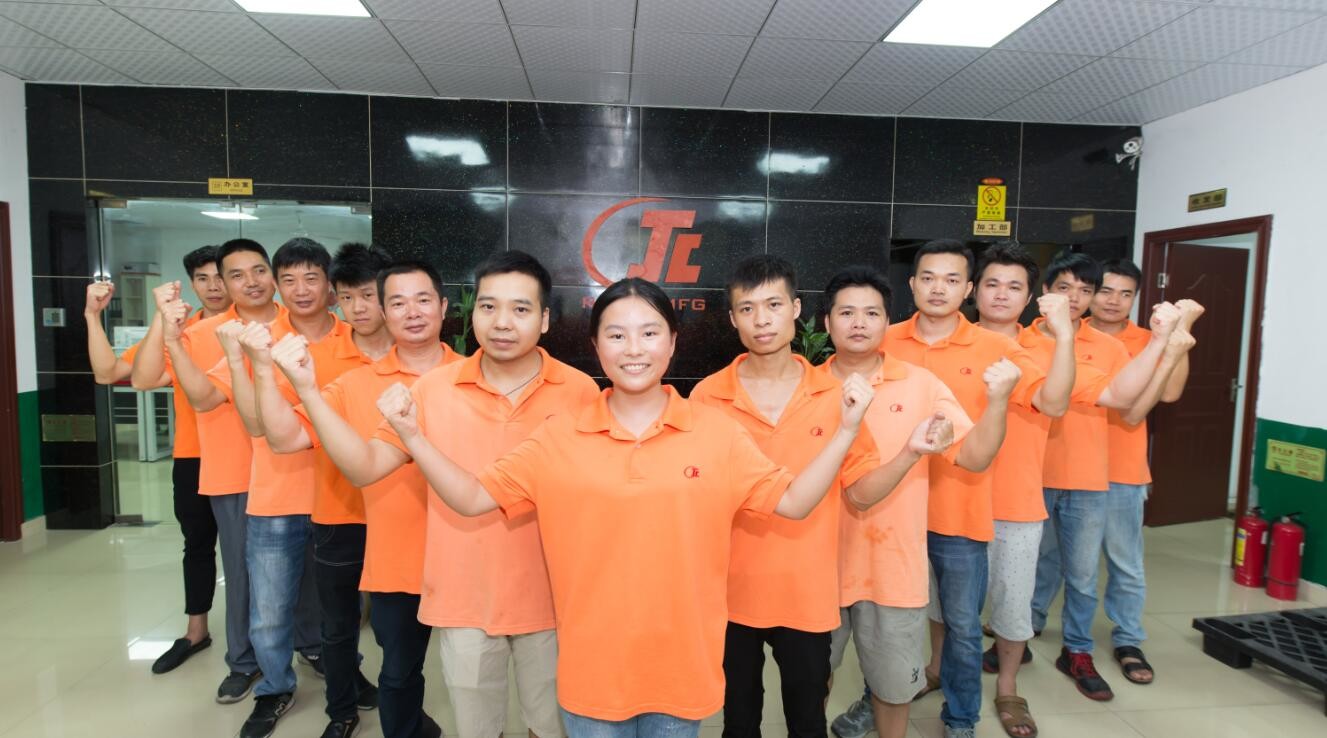
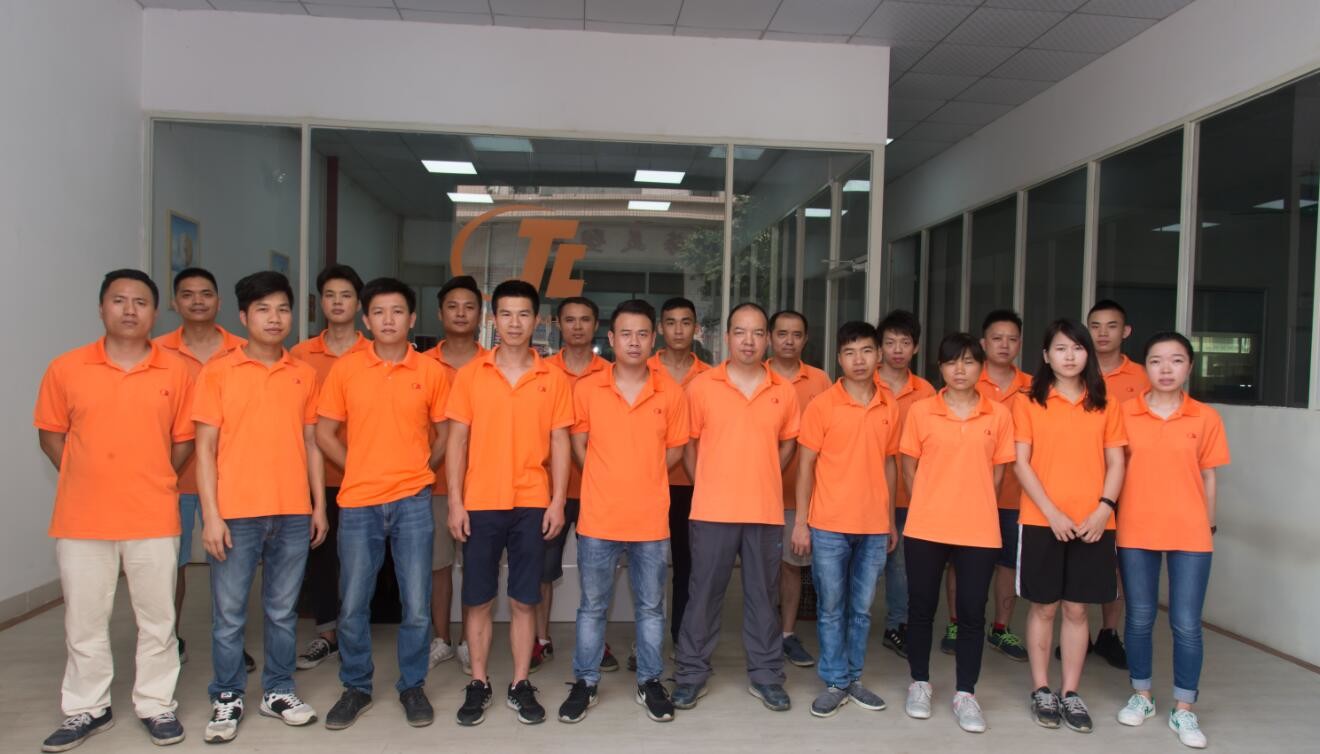

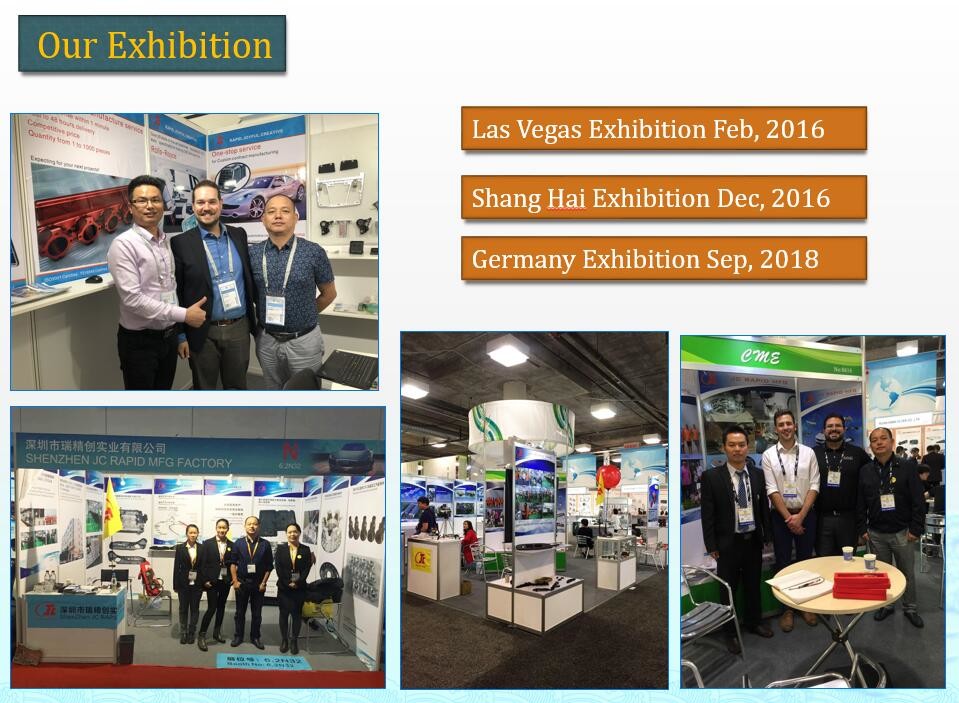
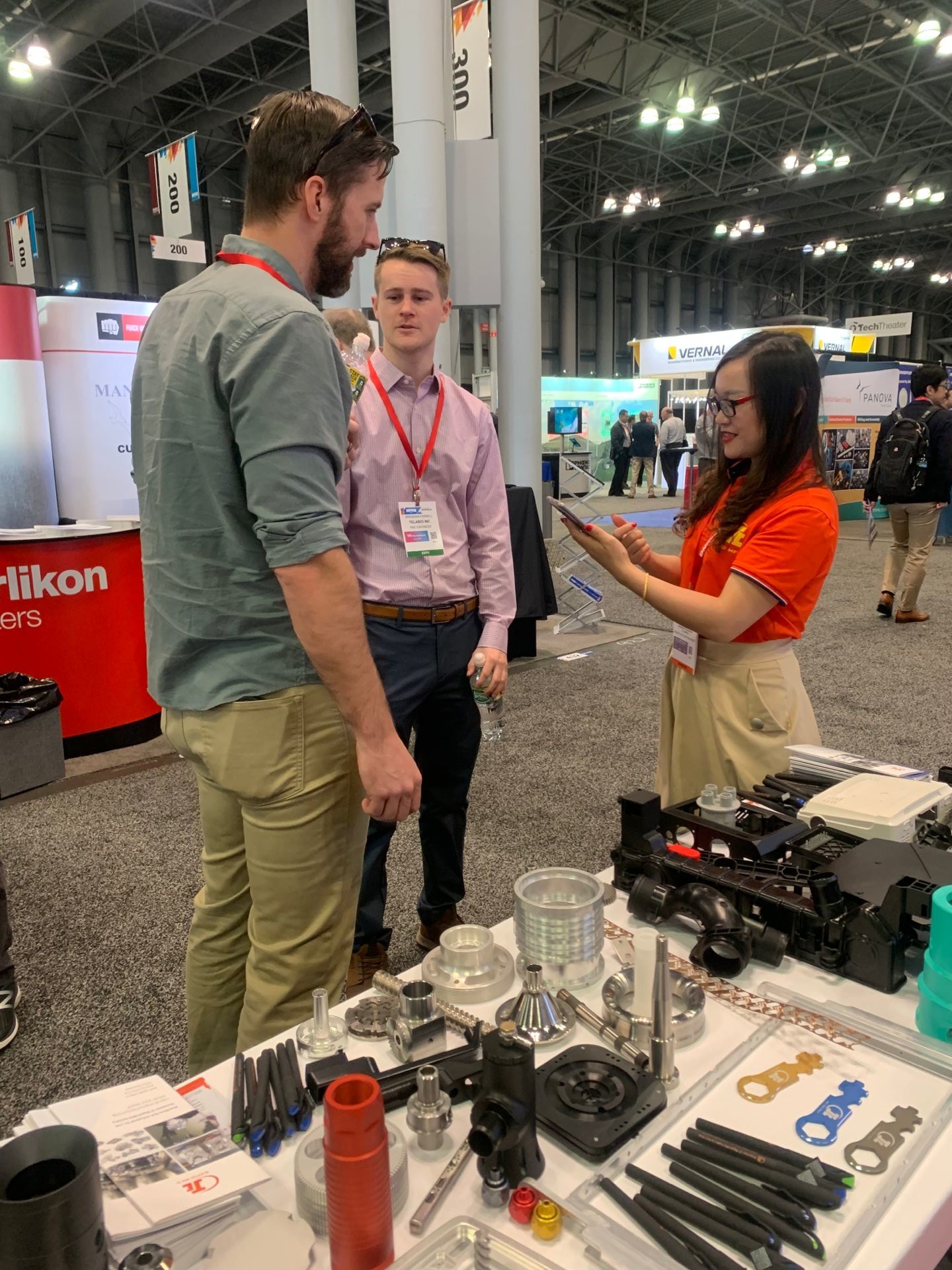
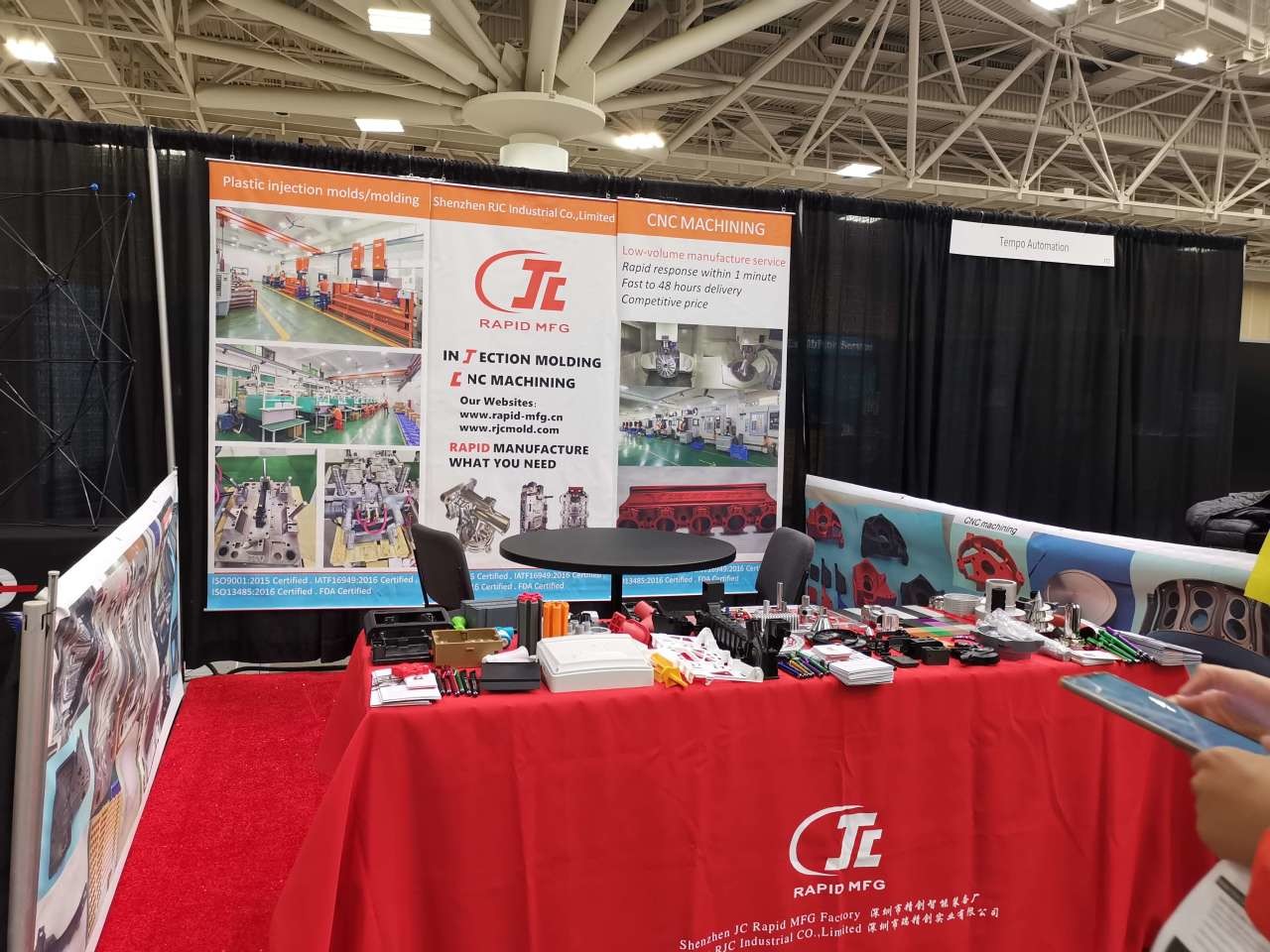
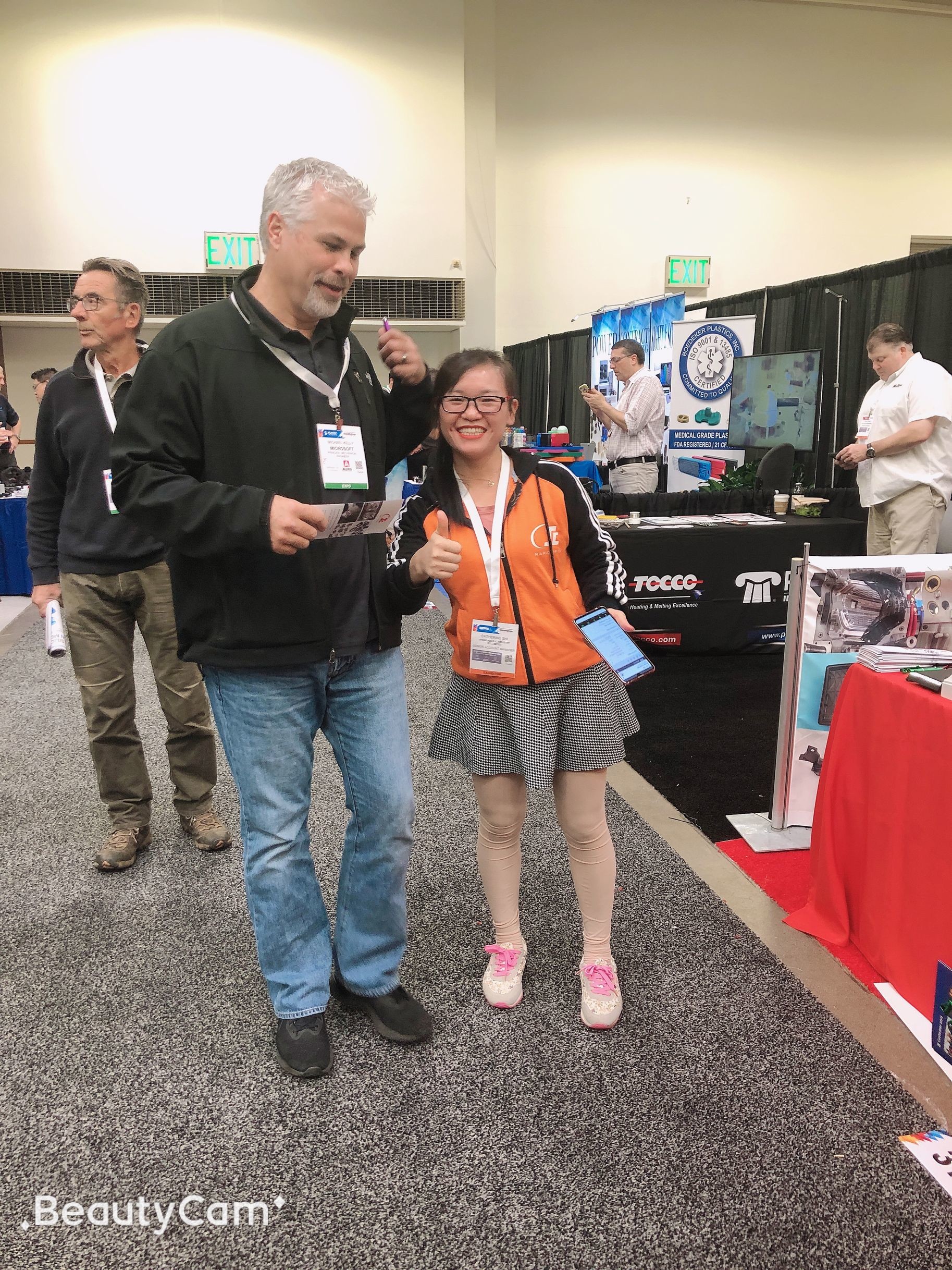
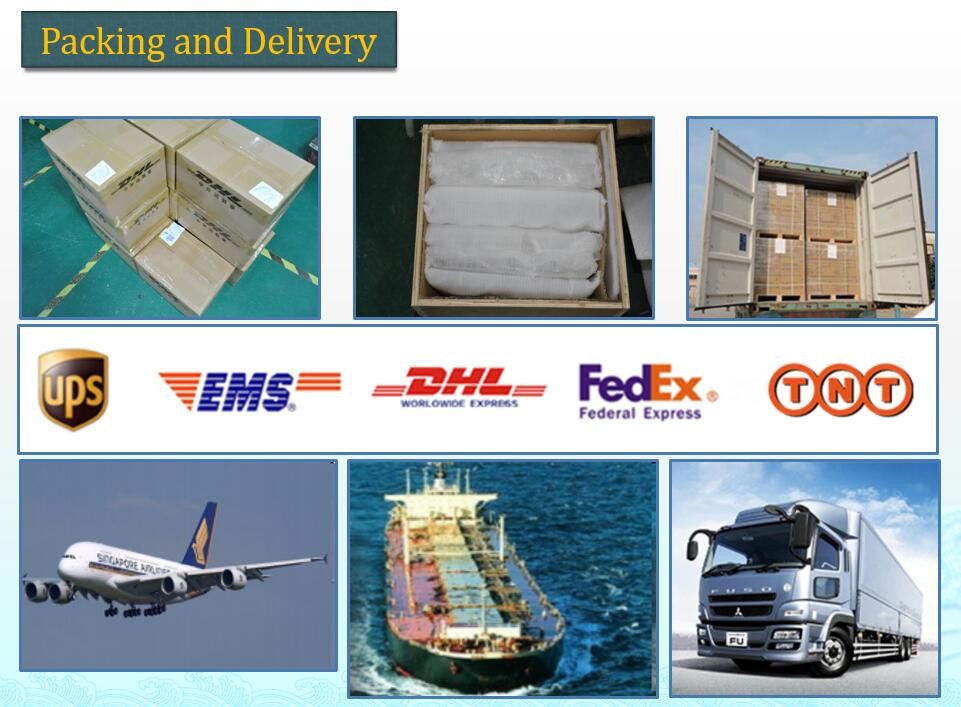
Packaging Details
1. Standard exporting cartons package
2. Cartons packed then with wooden pallet
3. As per customized specifications
Delivery Time
7~30 days upon payment received date
More than 17 YEARS experience in manufacturing Mould,CNC machining,extrusion and plastic injection moulding parts.
More Information:
1. Packing:1piece / polybag,12pcs/carton,30 cartons/pallet
2. Tooling payment term:50%Deposit with the PO,and 30% whend the mould finish
Balance will be paid after send the success of trial sample.
3. Price term:EXW, FOB,CIF and so on
4. FOB port:Shenzhen or Hongkong
5. Certification:ISO9001:2015&TS16949
6. Warranty:2years
Advantages:
1. Own factory,and 80% workers in our company more 10 years.
2. can provide good price.
3. High precision, tolerance can be within ±0.005mm.
4. 14 years export experience.
5. Small order also be welcomed.
6. We can also provide one-stop service,including mould and assembly.
7.All samples will be inspected by CMM before shipment ,and also each step process will be controlled by CMM.
|
|
Micro Machining Auto Spare Parts , Cnc Turning And Milling Stainless Steel 314/316 Images |